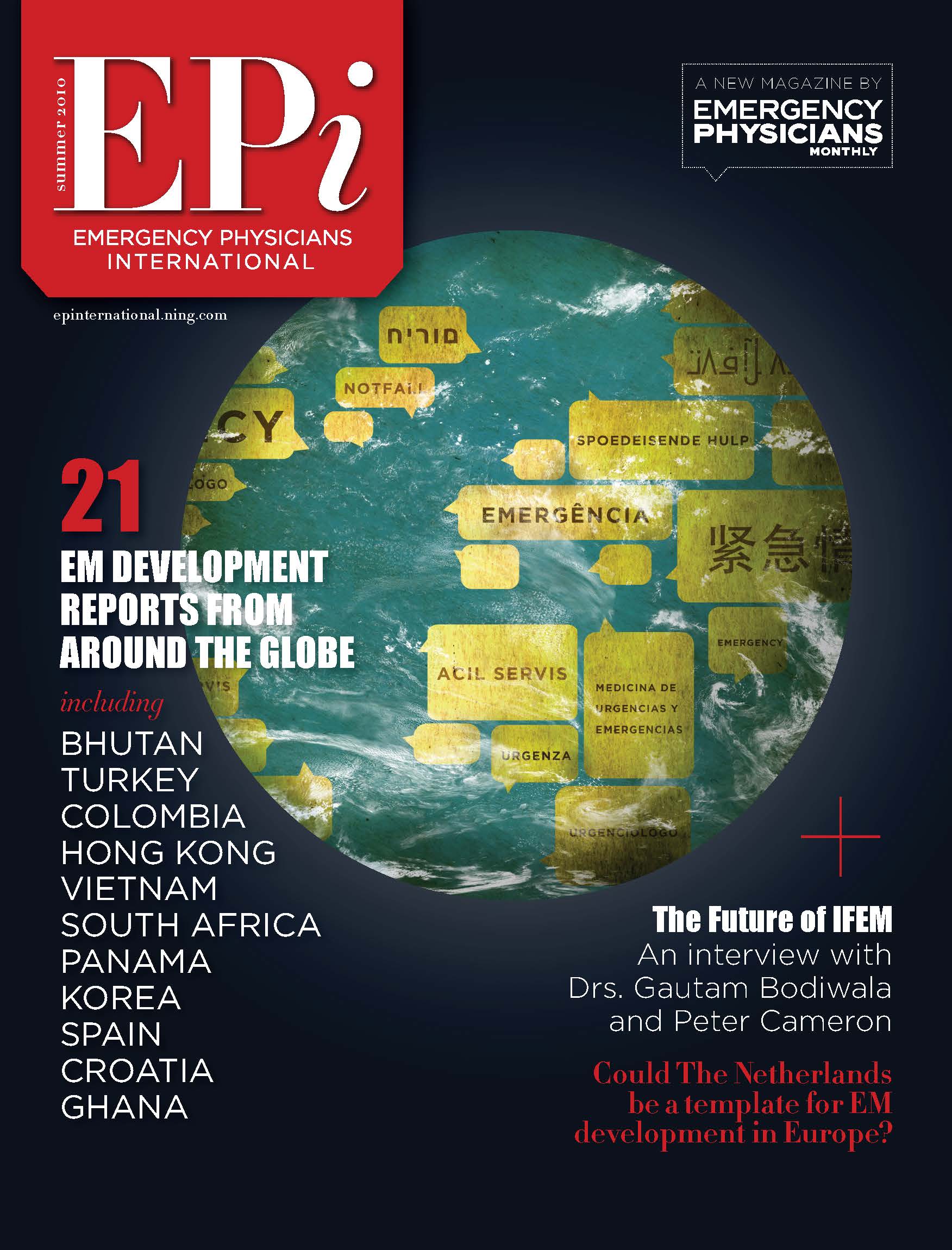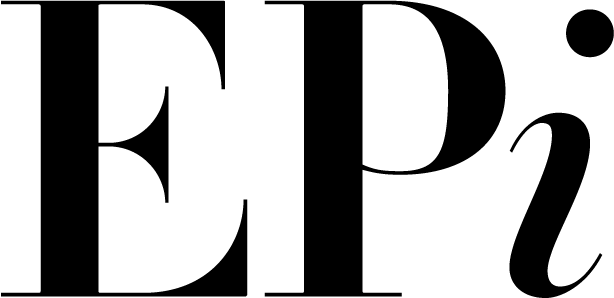COVID in NZ Part II: Going Hard and Going Early
This is Part II of a three-part piece. You can read Part I here.
There is no way we could accommodate that predicted surge. We would be overwhelmed in our hospitals, many more people would die. The all-cause mortality rate would rise. What could help would be breakthroughs in treatment. Social media reports from frontline Lombardy, Italy, and soon after NYC, identified early intubation as a procedure to try and avoid, temporizing with non-invasive support of sometimes profound hypoxia. With the addition of awake proning, having patients roll themselves onto their sides and tummy for different intervals of time, they appeared to avoid intubation and prevent ventilator associated lung injury. Proning was something we reserved for the sickest lung injured ventilator dependant patients. Of course doing it earlier could help. But, while decreasing the need for intubation, this would not decrease the workload. It was the nursing of these patients that had made the difference at these epicenters. In critical care, it almost always is, in my experience. And as most ED docs will tell you, an intubated patient is a “stabilized” patient. Unstable, peri-intubation patients consume resources and time. Then, they die. I presented these anecdotes from social media in an organizational meeting, apologizing for the level of evidence, to which my intensivist colleagues tersely cited recent professional organization statements and that they would be intubating these patients early and there was no place for non-invasive ventilation in this pandemic. When I asked about oxygen supplies, without even a hesitation to calculate staggering liters per hour, I was assured by administration there would be no shortage.
A colleague sent me a Covid clinical guidelines flow chart from Yale, which I happily took, adapted, then sent to my colleagues, our peripheral hospitals and back to the original authors at Yale. It is not how we would normally do things. There was little new coming from the literature in terms of other therapies or pharmaceuticals, a lot were small uncontrolled case series and speculation about drugs with effects in cell culture or drugs tried in other diseases like MERS or SARS or Ebola with some promise. Though other countries were snatching them up, we were unlikely to get any of these drugs. Lombardy in Northern Italy had really flared up and the clinical information being shared on the web was a lifeline we all grabbed for in order to prepare. Soon after, NYC followed. The established online community of emergency critical care educators and thought leaders live streamed conferences and shared case series from the day before. These started to fill the vacuum from Asia caused by language and the lack of a translated on-line medical presence. I had not known prepublished servers existed before February. The volume of prepubs was about to explode.
We divided up duties into sub-committees per the Australasian College of Emergency Medicine pandemic response plan: Leadership, Communications, Workforce, Clinical Management, Tents, Red side, Green side, Therapy, Simulations, PPE, and liaisons with other services. By early April, we had a plan in place. Everyone volunteered, we found local sailmakers to fashion disposable face shields. We got cases of bunny suits from a building supply store, while others fabricated a stainless steel UV light box to sterilize used N95s. We heard New Zealand had ramped up and COVID-19 PCR testing was coming on line, but only 600 tests a day. We had a limited supply of swabs, as we got them all from Northern Italy.
I heard contact tracing could cover only about 140 investigations a day, but was being expanded. The worlds’ largest source of N95s was Wuhan, Hubei Province, China but producers in NZ were increasing their output. I found electric outlets outside on the ambulance ramp where we could do Aerosol Generating Procedures with adequate outdoor ventilation. A Registrar spent hours rigging non-venting masks to fit our non-invasive ventilation machine with viral filters clearing the expired breath of patients. We picked windows to knock out and where to place fans. My greatest worry was SARS CoV2 would infect and incapacitate healthcare workers and cause nosocomial spread as the ventilation system was beyond mitigation until one of our nurses said she could “sort that out, no problem.” Her family business of asbestos management and removal could frame up walls, mask off and plastic sheet to isolate rooms, frame in doors and reverse the ventilation and do it next week. I came back to work one day and the Incident Management Team had hired ventilation contractors who made 8 of our rooms negative flow, venting air out the roof at 6 to 10 air changes an hour. We thought we might just have a chance.
I built a screening tool using the published case series from China, case definition vital sign criteria and odds ratios for risk of severe disease, planning to keep well people in their cars and out of our poorly ventilated waiting area and hallways. We set up tents out front of the hospital to assess symptoms and epidemiologic risks that would change frequently from the Ministry of Health as community spread was documented more widely. We “streamed” patients into high risk COVID labelled “Red” and a “Green” side to do business as usual, trying to keep everyone aware of asymptomatic/presymptomatic patients who may be entering the low-risk side of the ED.
Everyone who could upped their rostered shifts to fill the two teams while we waited, and continued waiting. We screened patients, and were notified of recent positives who were isolating in the community and were beginning to “flower.” As the few patients became symptomatic they were directed in a controlled process to be either reviewed in the ED or sent straight to a modified ward, ventilated and similarly walled off. Just as controlled, we all would stop, patients and staff, and watch the 1 pm Ministry of Health news conference. I was awed by a master class in communication theory in praxis. In total, it exemplified clarity of message, reliance on limited but sound science plainly explained, and a quiet refusal to overreach in interpretation, alongside the humility to admit limits of knowledge. It was predictable. It was polished and professional but question sessions were unstaged and the questions terse and answers honest. It never appeared as if not knowing something was a weakness, but probably more importantly they never assumed to know something they did not. It built trust.
This is Part II of a three-part piece. You can read Part I here and Part III here.





